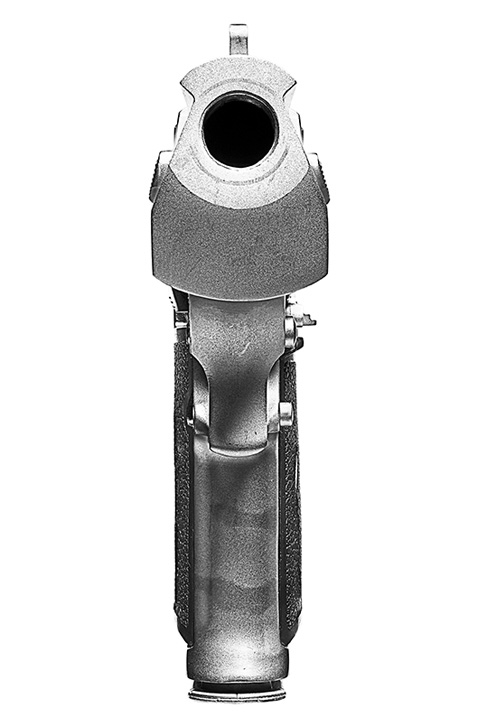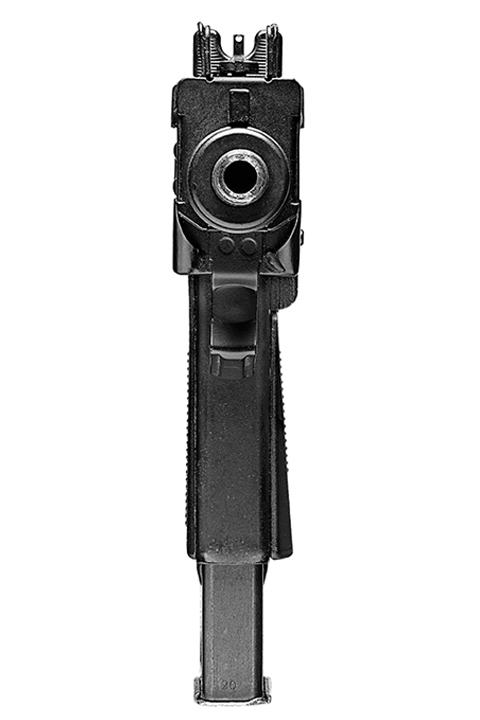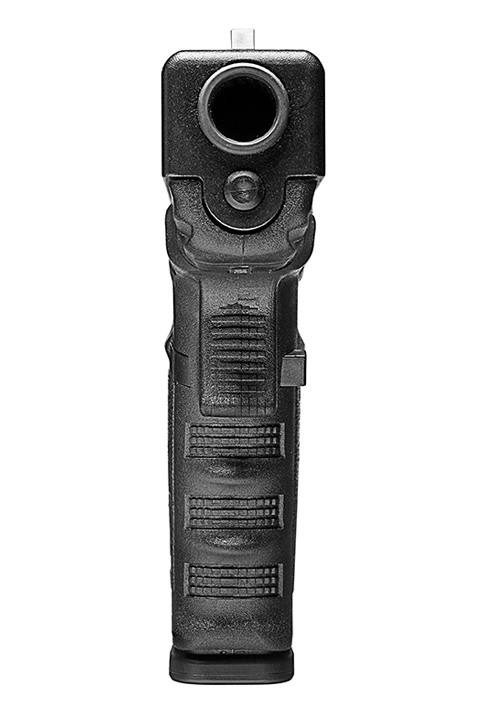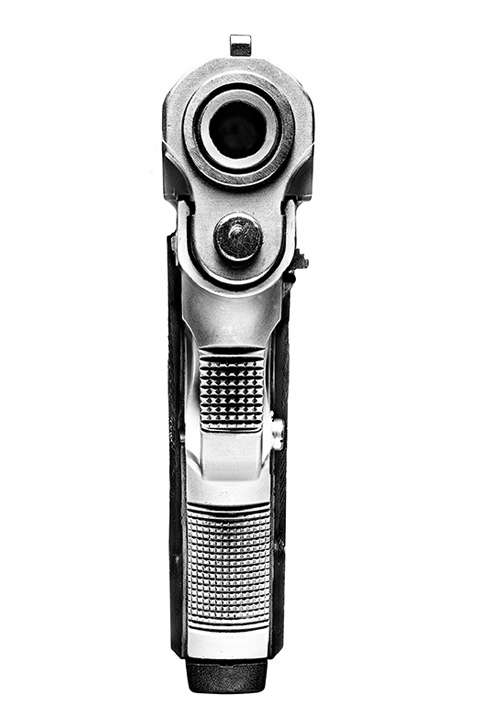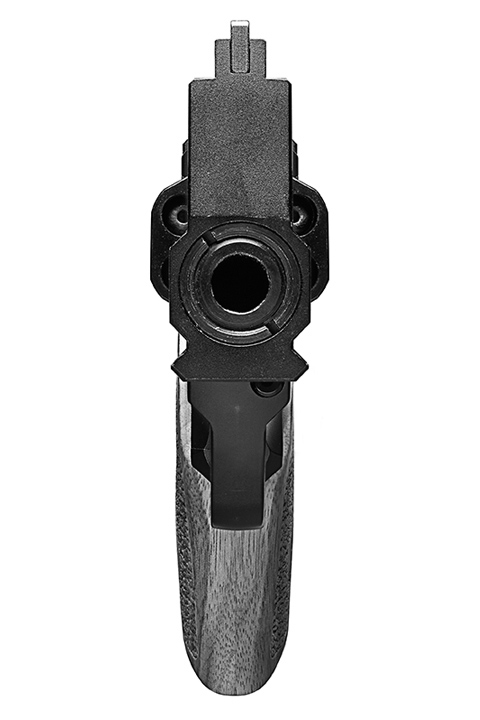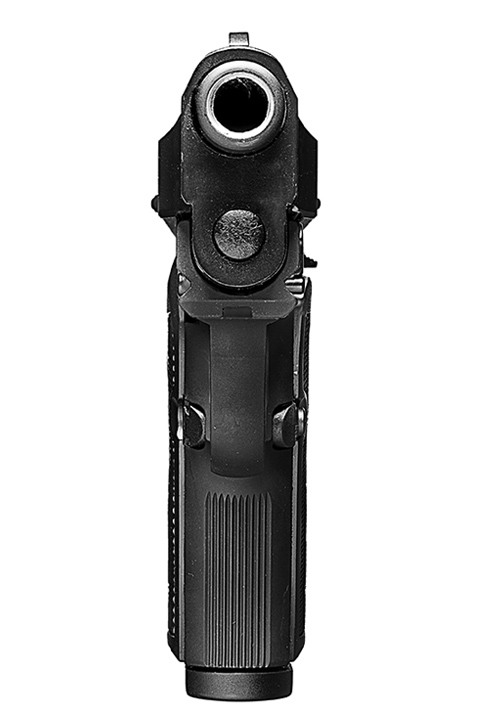
A woman sits at a model room in an Ikea store.
Courtesy of epsos.de/Flickr
It all started because I wanted the
Nelson Swag Leg Desk.
Not a new, licensed reproduction—I wanted the scuffed-up, 1960-vintage
Nelson Swag Leg Desk I found on eBay. It seemed to me mostly irrelevant
that I could not afford the Nelson Swag Leg Desk. But my husband
suggested a budgetary adjustment: Instead of pairing the Nelson Swag Leg
Desk with pricey custom-built bookshelves as planned, we could
economize with a jumbo set of Ikea’s
Billy bookcases,
which fit the appointed space almost to the centimeter. At first, I
resisted this financially expedient arranged marriage of a modern-design
icon to a prosaic dorm-room staple that I associated with beer pong and
Gustav Klimt’s The Kiss.
Eventually, though, I started talking myself into the compromise. I
tried to think of it as a chic high-low flourish, like Anna Wintour
pairing couture with jeans on her first
Vogue cover,
or Mike D
plonking a Target pouf smack in the middle of his otherwise ultra-customized Brooklyn townhouse. Or something.
We completed the order, absorbing the blunt force of the flat $99
delivery fee. But the odyssey of the Billy bookcase, we discovered, had
only just begun.
- June 7. We buy the bookcase.
- June 13. We receive an email from Ikea: “Your order has departed from the IKEA Distribution Center.”
- June 16. We receive an email from a company called UX Logistics stating that our order is ready to deliver.
- June 16, Part II. Email from Ikea: “Your IKEA order is
ready to be delivered. … You will receive a call within 2 to 3 business
days to schedule your delivery date.”
- June 17. UX Logistics confirms via email that our delivery is set for June 21.
- June 21. Another email from Ikea, asking to confirm our order.
- June 21, Part II. UX Logistics confirms via email that our delivery is set for June 26.
And on and on and on. Each afternoon, my husband would call UX
Logistics, who’d say something like, “We can’t deliver your item because
it hasn’t arrived,” then call Ikea, who’d say, “They do have it—you
need to call them back and find out why they’re not delivering it,” and
so forth. At one point, my husband asked Ikea to cancel the home
delivery so we could arrange to pick up the bookcase ourselves. Easy for
all concerned, right? Wrong: Ikea claimed that cancelation of the
delivery was impossible, because the bookcase had already been
delivered—to UX Logistics, who said they didn’t have it. Even if we
canceled the order outright, Ikea told us, we’d be on the hook for the
delivery to the delivery company who hadn’t yet received the delivery.
It turns out that Ikea is not just a furniture retailer. It is also
an epistemological time machine, casting into doubt everything we
thought we knew about semantics and the space-time continuum and the ding an sich of particle board.
The
nightmare of Ikea delivery
is a truth so universally acknowledged that even the company cops to
it. Chief marketing officer Leontyne Green talked about her own “very
frustrating” Ikea delivery experience in
a December 2011 Ad Age profile,
which stressed the firm’s ongoing efforts to improve delivery and
overall customer service. But as anyone who has found herself dissolving
into the hypnotically well-appointed cattle chute of an Ikea showroom
can tell you, this is not a company that does things by accident. The
who’s-on-first shambles of Ikea delivery isn’t the flaw in
the Eivor Cirkel rug. It’s instead a case study in how a large retailer can succeed by failing. Here are five reasons why.
Ikea has no rational economic motive to offer halfway-decent delivery. Like many big-box retailers,
Ikea outsources all its delivery. “With sporadic orders over a wide
geographic area, Ikea would need a fleet of trucks that might be idle
one day and not able to handle the load the next,” says Robert Shumsky, a
professor of operations management at the Tuck School of Business at
Dartmouth.
Of course, other furniture retailers such as Crate and Barrel and
Pottery Barn juggle similar logistical challenges, but have nothing like
Ikea’s reputation for delivery debacles. Ikea may be OK with this
because it doesn’t have much competition in the bargain furniture
business—there’s no one else selling couches quite so cheap. The company
sees its customers as fundamentally different: thriftier, for sure, but
also stronger, more resourceful, stoic in the face of challenge!
According to Santiago Gallino, also a professor at the Tuck School,
“Ikea’s target customers are consumers who prize ‘value,’ and are
willing to spend their own time to save money”—by pulling items from the
warehouse, assembling the items themselves, etc. “Asking the customer
to spend time to come to the store is consistent with this segmentation
strategy,” Gallino says.
Ikea, unlike so many other retailers, has little to fear from Amazon.
Consumers are increasingly conditioned to assume that virtually any
product—even heavy, unwieldy products—can land on their doorstep 24
hours or less after purchase. Just one case in point: the frighteningly
fast and cheap deliveries of heavy bulk purchases available via the
Amazon subsidiary
wag.com. But Ikea is, at least for the time being, immune to these expectations. According to Harvard Business School professor
Frances Frei,
“Amazon can disrupt anything that doesn’t have to be assembled or
curated”—in other words, anything that isn’t Ikea. But heavy flat-pack
furniture deliveries are a conundrum even Jeff Bezos hasn’t yet solved,
and the most dazzling page of Amazon can’t begin to compete with any
given IKEA alcove. “Yesterday, you didn’t know you needed a new
strainer,” Frei says, “but today you do, because of how it was curated
in the Ikea kitchen. Amazon can’t do that.”
Making you wait might make you happy. The longer we
waited for Billy, it seems, the more we pined for Billy, which
heightened our satisfaction when Billy did finally arrive. “The
advantage of making people wait is that it creates a sense of
anticipatory excitement,” says Michael Norton, a professor of marketing
at Harvard Business School. Norton and Elizabeth Dunn’s recent book
Happy Money makes the case
that a pay-now-enjoy-later model of consumption leads to greater customer satisfaction than the enjoy-now-pay-later logic of, say, Amazon Prime.
Making you work might make you even happier. The 2011 article
“‘The IKEA Effect’: When Labor Leads to Love”—written by Norton, Daniel Mochon, and Dan Ariely—argues that successfully
assembling an Ikea product
can lead us to value the item more than if the item arrived on our
doorstep camera-ready. I jokingly ask Norton if my husband’s unpaid
internship as an Ikea fulfillment manager might have created its own
Ikea effect. “I’m not so sure the answer is no,” Norton says. “It was a
real pain in the butt, but we do misattribute
effort to
liking,
so he might actually like the bookcase more because getting it was such
a hassle. There’s something about service recovery that creates a
different, more meaningful experience.”
Or not. “Working as Ikea’s fulfillment and transport manager had no
impact on my enjoyment of the shelves once they arrived,” my husband
said in a statement to Slate.
Being icy and withholding is part of Ikea’s unique alchemy. “Ikea
refuses to expose itself to the idiosyncracies of its customers,” Frei
says. “There is no way they could do their own delivery with that
signature Ikea crisp efficiency—there are too many variables. So they
make you conform to them.” Ikea makes great stuff cheap—and that is the
draw. Helping you obtain that stuff, or even find it in their store, is
not part of their mission, which also explains why you’ll rarely spot an
Ikea employee who isn’t either working a register or hauling purchases
to the parking lot. “If you come to their showroom seeking out a
specific thing and you can’t find it,” Frei says, “you’ll probably just
go and buy an adjacent thing.”
Without meaning to, I recently tested this last hypothesis at my
local Ikea in Red Hook, Brooklyn. Shumsky had mentioned that he’d wanted
to purchase a
Spoka nightlight
for his daughter, but Ikea doesn’t deliver this item and his nearest
showroom is two and a half hours away. I’m only about five miles from
mine, so after checking online that the Spoka was “most likely in stock”
in Red Hook, I hopped on my bike to go buy one for him. But once I’d
slowly wended through the endless floor displays to the lighting
emporium, I couldn’t find the Spoka nightlight, or any nightlights at
all, or anyone on the floor to help me find the nightlights, so I bought
and ate an
Ikea cinnamon bun
and got back on my bike and rode home. I know that Ikea won’t lose any
sleep over me and my failed nightlight quest (which cost them all of
$15) or the Billy breakdown. But it’s still a little strange—a little
analog, a little pre-Amazon and pre-Apple Store—to realize that a bad
customer experience is part of the design of a good business strategy.

